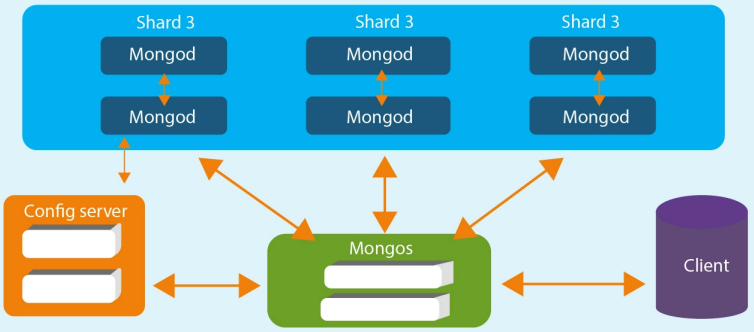Introduction to Mongo DB Monitoring
MongoDB is an open source document store NoSQL DBMS designed to make it easier for organizations to develop and run applications that address performance, availability and scalability, and support a variety of data types. MongoDB has exceptional scalability, which makes it easy to fetch the data and provides continuous and automatic integration. MongoDB's document data model lets developers easily store and combine data of any structure, without sacrificing data access or indexing functionality. This enables database administrators to dynamically modify the schema with no downtime. The following image represents the NoSQL architecture of the MongoDB:

Figure 1 : Architecture of MongoDB NoSQL Database
Database : It is a physical container for data. Each of the databases has own set of files on the file system with multiple databases existing on a single MongoDB server.
Collection : A group of database documents can be called a collection. The entire collection exists within a single database. There are no schemas when it comes to collections. Inside the collection, various documents can have varied fields, but mostly the documents within a collection are meant for the same purpose or for serving the same end goal.
Document : A set of key–value pairs can be designated as a document. Documents are associated with dynamic schemas. The benefit of having dynamic schemas is that a document in a single collection does not have to possess the same structure or fields. Also, the common fields in a collection’s document can have varied types of data.
Because of its ease of use, MongoDB is used as the backend for many mission-critical applications. Since the stability of these applications hinges on the availability and the operational efficiency of MongoDB, administrators need to keep a close watch on the health of the MongoDB server. To help administrators in this mission, eG Enterprise provides a specialized monitoring model for a MongoDB server instance, with the help of which administrators can keep a constant check on the availability and overall performance of that instance.